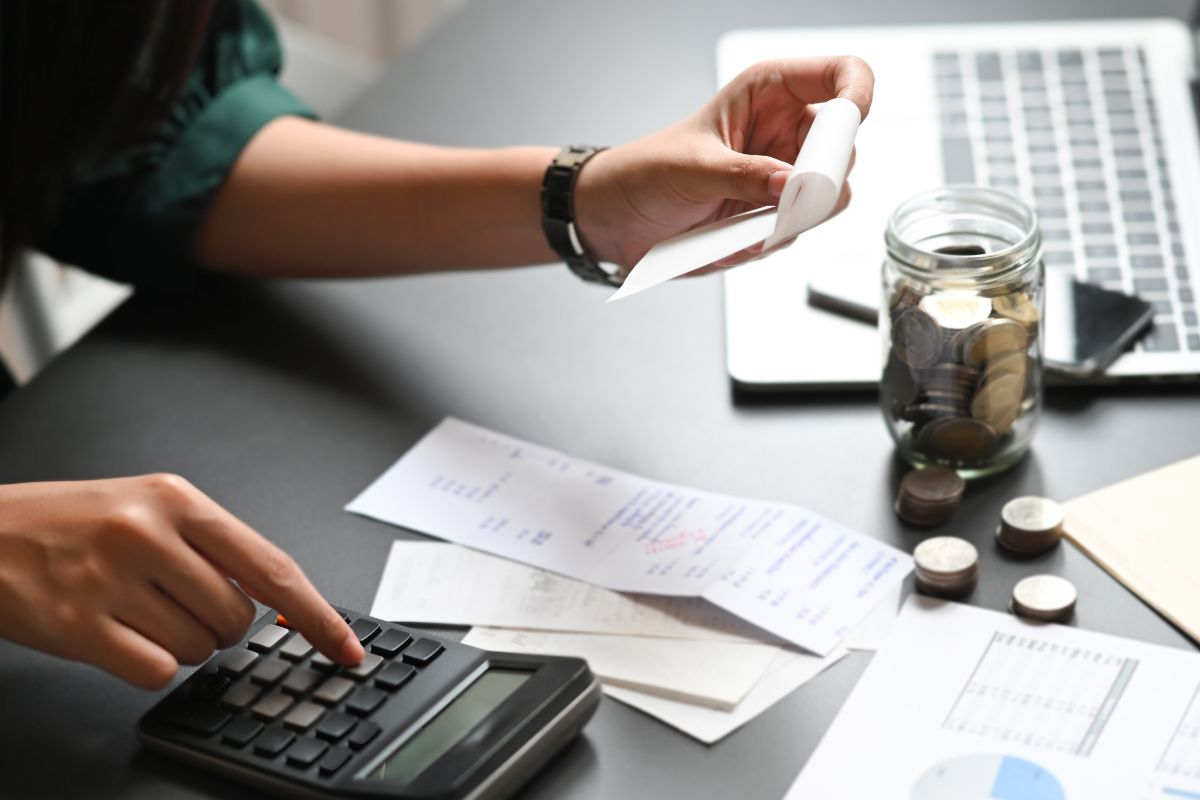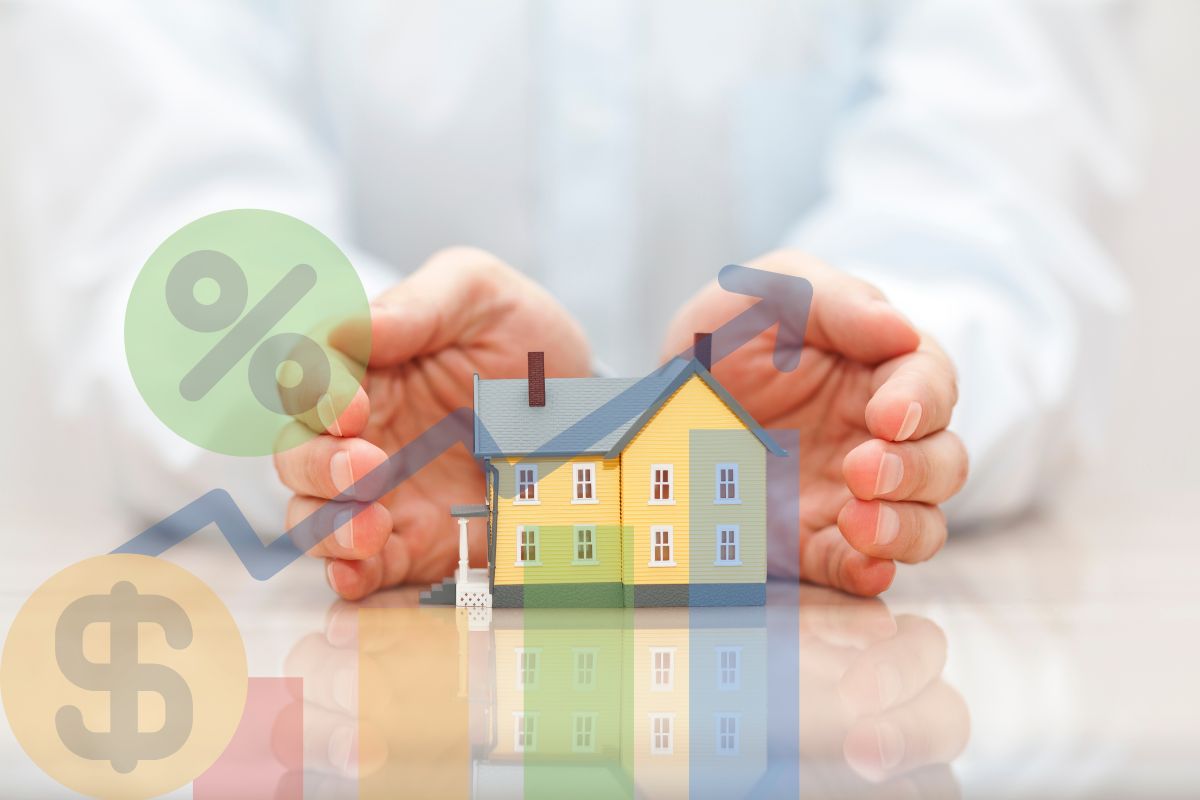Rising home insurance rates are nothing new for property owners in Florida, but industry experts are still warning that preparing for a substantial hike this year is a good idea, as rates could rise by as much as 20 to 25 percent by June.
The state has been in crisis as severe storms become more frequent and inflation drives up prices.
Former Citizens Property Insurance Chief Risk Officer John Rollins shared some insight into the predicted upcoming increase in home insurance rates and what property owners can do to help minimize its impact on their bank accounts.

“The sticker shock which we’ve all been experiencing for the past two or three years is not only not over, June 1st could result in the worst sticker shock yet,” cautioned Rollins who said that premiums could rise by as much as 25 percent.
It’s important to note that this is the upper end of the likely hikes and that the amount any specific policy will increase will vary, depending on several different factors. Still, it is always recommended that property owners understand their coverage and what they can do to save money without sacrificing the coverage they need.
Providing Florida home insurance coverage has become substantially more expensive for insurers.
According to Rollins, the last four years have caused reinsurance rates to increase by 100 percent. This has become the leading factor driving up the price of coverage for property owners in Florida. Experts are expecting that reinsurance rates will be rising by another 50 percent on June 1.
Since insurers will be paying more for their coverage, this makes it more expensive for them to provide coverage to their customers, leading them to raise their rates. Consumers are advised to comparison shop and speak to their insurers to find out what they can do to be eligible for various discounts.
“So, when the reinsurers raise their rates 50% in a single cycle like June 1st, that could lead to 25% rate increases for the average Floridian,” explained Rollins in a statement about rising home insurance rates. “Right now, it’s at a generational high and probably representing 50% or more of the average consumer’s premier dollar.”


